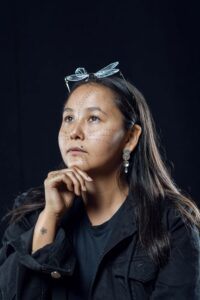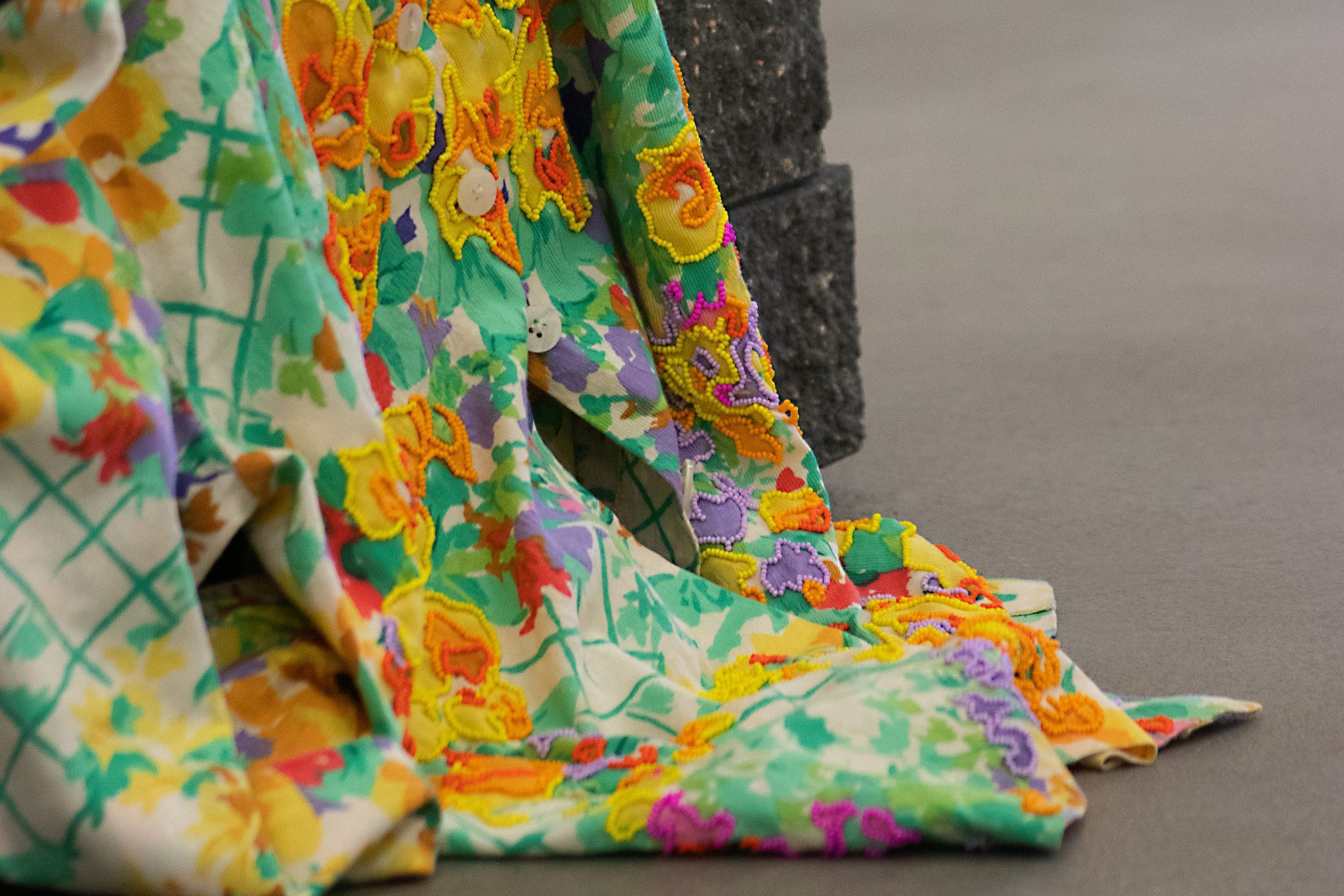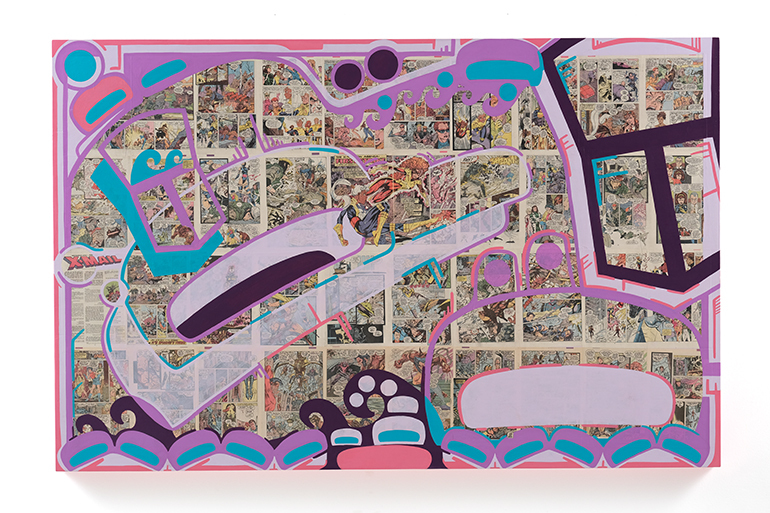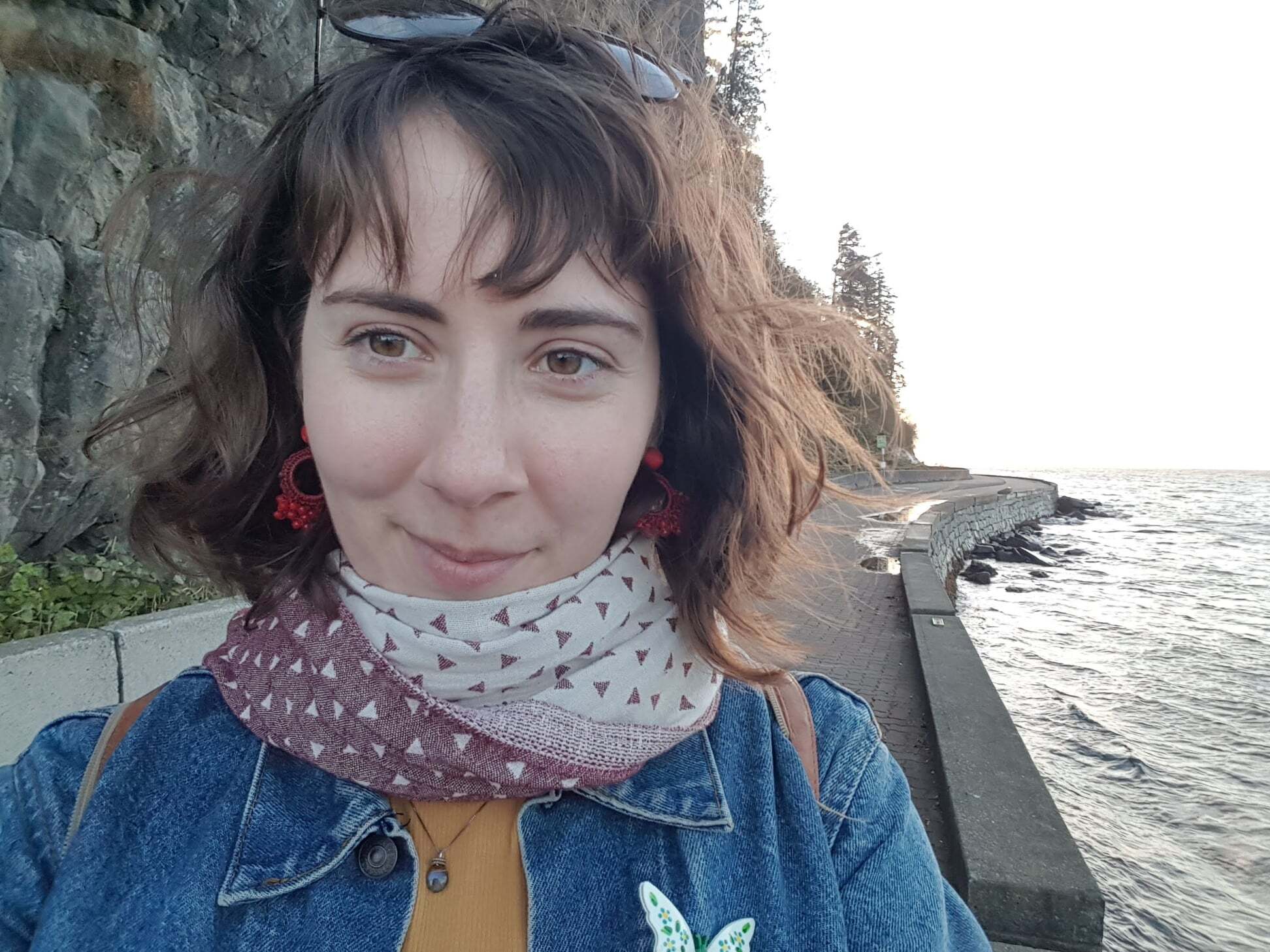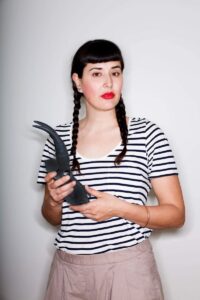As we move closer to the National Day for Truth and Reconciliation Federal Statutory Holiday, we acknowledge that September 30 will provide the opportunity to continue or begin your journey of reconciliation.
For Indigenous people it is a time of personal reflection and healing.
The spirit of reconciliation offers the opportunity for healing relationships to each other and to the land. The path can be difficult, traumatic and heartbreaking and it is important to approach it in a safe way with self-care.
As an intergenerational residential school survivor and as an educator, I continue to seek answers to ongoing inequities and marginalization.
I continue to question why there are glaring disparities between Canada’s Indigenous and non-Indigenous populations.
When Aboriginal children make up only 7.7% of all children in Canada, why do they make up 52.2% of all foster children in care?
Why are Aboriginal women overrepresented in the criminal justice system accounting for 42% of all females in custody?
Approximately 4% of the Canadian population is Aboriginal and female yet they represented 24% of homicide victims in 2015.
The National Inquiry’s Into Murdered and Missing Indigenous Women and Girls final report on June 3, 2019, revealed that persistent and deliberate human and Indigenous rights violations and abuses are the root cause behind Canada’s staggering rates of violence against Indigenous women, girls and 2SLGBTQQIA people.
A 2019 Stats Can report showed that between 2011 and 2016, Aboriginal people had a suicide rate three times higher than non-Aboriginal people – how can this disparity exist in a country ranked high for “quality of life?”
Suicide rates for Inuit youth are one of the highest in the world… 11 times higher than the national average.
In some Aboriginal communities the suicide rate amongst youth is 50 times higher than that of non-Aboriginal youth.
There is a direct connection between Canada’s colonial past and present and the health inequities we see today.
The reason we still see health inequity over time, despite the closure of residential schools, is the residual damage of parenting skills, diet, abuses and racism that continues to ripple from one generation to the next. The multi-generational impact is perpetuated between parents and their children and becomes a vicious cycle of health injustice and cultural deprivation.
Residential school, the Sixties Scoop, language ban, potlatch ban, nutritional experimentation, compulsory sterilization and many other atrocities created a deep divide between culture and personal identity.
Lower life expectancy and the prevalence of chronic conditions such as hypertension, obesity, diabetes, and arthritis are disproportionately higher in the Aboriginal communities.
Tuberculosis is both curable and preventable and is 40 times higher for Aboriginal people living on reserve than for non-Aboriginal communities.
During my time at Emily Carr, I have had many heartfelt discussions with Aboriginal students regarding residual intergenerational trauma induced triggers from residential school experiences. I remember a student sharing with me that when they saw faculty and administrators in their robes for graduation ceremony, they didn’t see educators — they saw the same styled robes as the priests and nuns that abused and mistreated them.
For non-Indigenous people September 30th is a time to honour the resilience of residential school survivors and their families. It is a time to understand how the past continues to impact our present… a time to actively listen and continue along the path of knowledge and understanding with open hearts and mind.
We should collectively try to imagine a future with reconciliation and healing for Aboriginal peoples. Walking the path together provides strength and resilience.
Let’s build something better. Let’s commit to finding a shared ground of respect and cultural knowledge… we need to support, nurture and sustain each other.
What a difference a day could make…
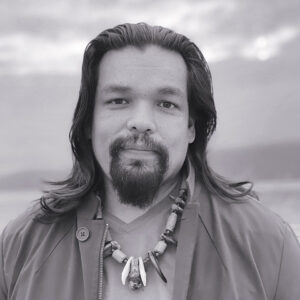
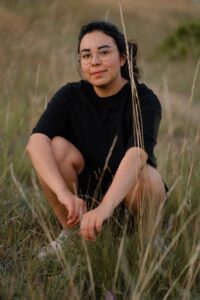
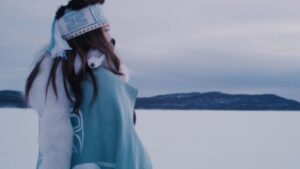

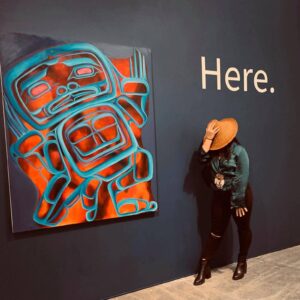
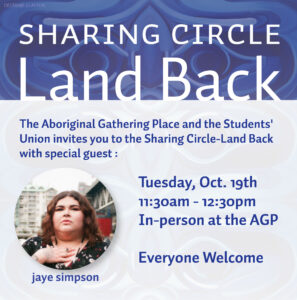
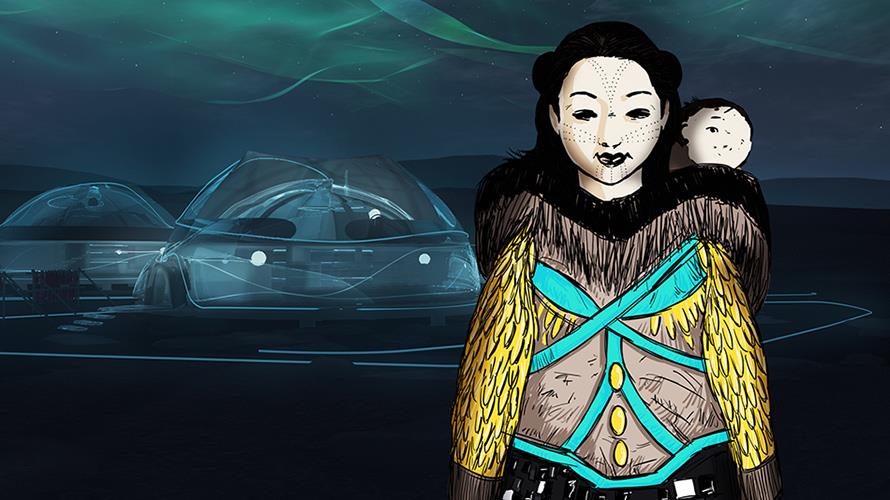 asinnajaq (Inukjuak) Three Thousand (still) (2017) Credit: National Film Board of Canada
asinnajaq (Inukjuak) Three Thousand (still) (2017) Credit: National Film Board of Canada